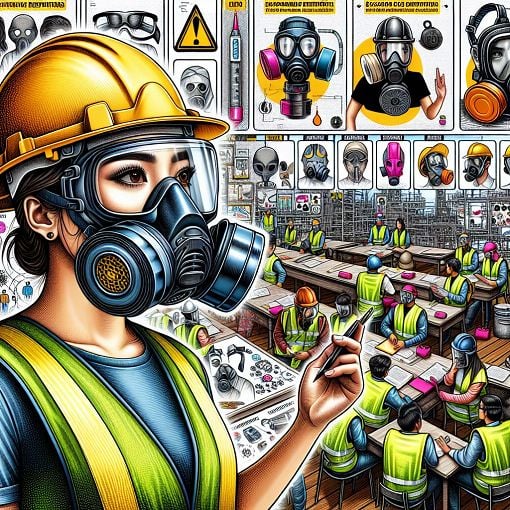Respirator Training
{"name":"Respirator Training", "url":"https://www.quiz-maker.com/QPREVIEW","txt":"Enhance your knowledge on respirator safety and protection with our engaging quiz! Test your understanding of cartridge designations, OSHA standards, and proper respirator usage.This quiz covers essential topics such as:Types of respiratorsFit testing and inspection requirementsSafety regulations and best practices","img":"https://cdn.poll-maker.com/104-5101549/img-519mfrq9pujs3b68vaygwqt2.jpg"}
More Quizzes
Nitrogen Awareness
105206
COSHH
940
PL/SQL
1050
7.klasse
331647
Journalism: Current Issues - Free Online Practice
15817276
Which DC Female Superhero Are You? Take the Free
201018786
Common Sense - Free Test of Everyday Smarts
201021967
Makeup Trivia - Test Your Beauty IQ for Free
201018096
PLL 'Wicked' - How Well Do You Know the Book?
201018706
Homestuck Class - Discover Your God Tier Class
201018950
Football Rules - College Edition
201016610
CAI IQ - Computer-Assisted Instruction Knowledge
201017341
